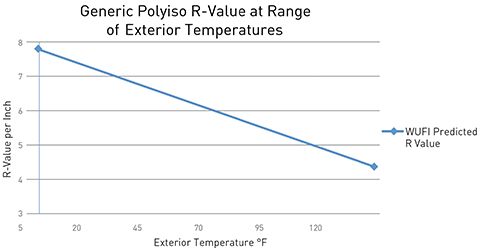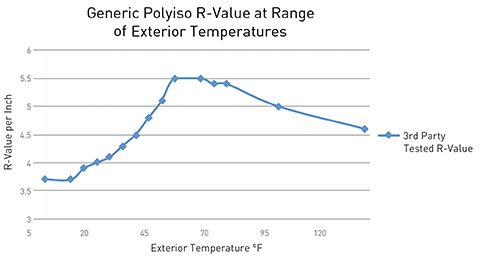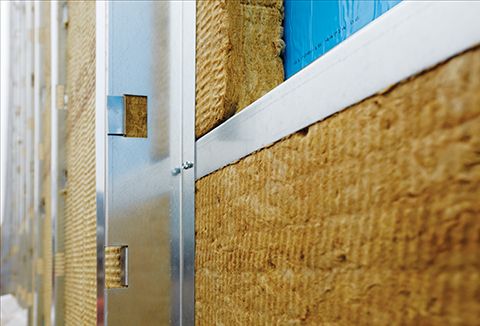I should have a technical update for you soon where I review all of the products/methods I used in constructing my basement. In the mean time, I wanted to expose my readers to an excellent article written by Rockford Boyer of Roxul. In it, he identifies the risks of using a set insulation R-Value in your modelling as with many products, the resistance to heat loss changes depending on temperature.
The Theory of R-value Relativity: The impact of thermal conductivity on building enclosure durability
By Rockford Boyer, B. Arch. Sc., BSSOWhen designers are deciding which insulation products to specify for a given project, two questions come to mind: ‘What is the R-value?’ and ‘What is the permeance?’One of the things that caught my eye was the danger faced, when modelling in WUFI, of getting erroneous results. I have extracted two of the tables and shown below. As you can see, there is a huge difference between the reported results. Fig 1 is using the material from the WUFI database and Fig 2 is re-running the material with a material properties entered manually and based on actual testing. The risk if you are not aware of these issues, is designing an assembly that in real life will act nothing like your model. If you are lucky it will be better than the model but in most cases it will mean you have a higher risk in your assembly than designed for. A risk that may overwhelm the assemblies ability to recover.
 | ||
| Fig. 1 Extrapolated R-Value based on WUFI material database. |
 |
| Fig.2 Extrapolated R-Value based on actual lab testing |
